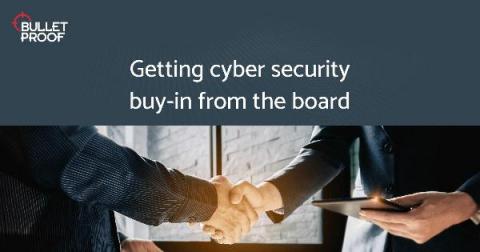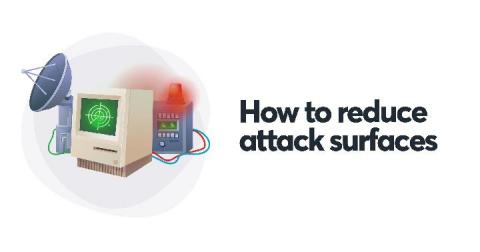Security | Threat Detection | Cyberattacks | DevSecOps | Compliance
%term
3 Areas of Your IT Infrastructure that SCM Can Help to Secure
Gone are the days when security teams could focus all of their efforts on keeping attackers out of the network. There’s no inside or outside anymore. The modern network is porous; it allows greater numbers and types of devices to connect to it from all over the world. This characteristic might serve organizations’ evolving business needs as they pursue their respective digital transformations. But it complicates their security efforts.
Choosing the Right DLP: Enterprise DLP vs Integrated DLP
Data breaches and data loss have been the worst nightmares of the organizations. That is why being able to act proactively and ensure the security of your data has utmost importance. In this article, we will discuss which DLP method you should employ.
Your Ultimate Guide to Managing Productivity in a Remote Workplace
The age of the digital nomad is here, and people realize that working 9 to 5 within the confines of an enterprise office isn’t the only way to make a living. Today’s technology allows people to work anytime and anywhere. Even within an office environment, work is often largely carried out online.
What Are the Ways to Respond to an Unintentional HIPAA Violation?
Accidents or mistakes are bound to happen. Even if healthcare providers and business associates are compliant to HIPAA Standards, there is always a possibility of unintentional or accidental disclosure of Protected Health Information (PHI). Accidental disclosure of PHI includes sending an email to the wrong recipient and an employee accidentally viewing a patient’s report, which leads to an unintentional HIPAA violation.
How IT-OT Security Has Changed in the Wake of COVID-19
After the global outbreak of coronavirus 2019 (COVID-19), organizations quickly transitioned to remote work in order to enforce social distancing and to keep their employees safe. But this work-from-home arrangement opened up organizations to more risk as well as less redundancy and resilience.
Getting cyber security buy-in from the board
As any seasoned cyber security professional will tell you, good security only works when it’s embedded as culture within an organisation – and that must come from the top. But sometimes, the top doesn’t want to know. Even with recent events highlighting the vital importance of cyber security and the average cost of a breach reaching an eye-watering £3 million, many organisations still struggle to get security on the boardroom agenda.
How to reduce your attack surface
In a fast-paced tech environment, the potential attack surface increases with each release. Tech companies can no longer only safeguard themselves with a firewall alone and network monitoring. Web applications are the new perimeter that security warriors are tasked with protecting as they can introduce new entry points into the company infrastructure. We look at how you can reduce attack surfaces.
Data enrichment for hyper-personalization
Back when everyone wanted long, thick dense hair bun to flaunt their beauty, it was easy for businesses to market a hair oil highlighting the benefits and ingredients. Soon, as times changed, competition increased, the market became consumer centric, it was the time to create differentiation in the product by making the consumer recognize different hair problems.
Cloud Storage Security: Common Issues, Best Practices and Software Solutions
Cloud storage has become mainstream. It is one of the fastest-growing segments of IT spending and an indispensable tool for many modern businesses. However, not enough is being done to secure data residing in the cloud. According to Gartner, 90% of organizations that fail to control public cloud use will share information inadvertently or inappropriately through 2025. Almost all cloud security failures will be due to the cloud customer, not the service provider.









